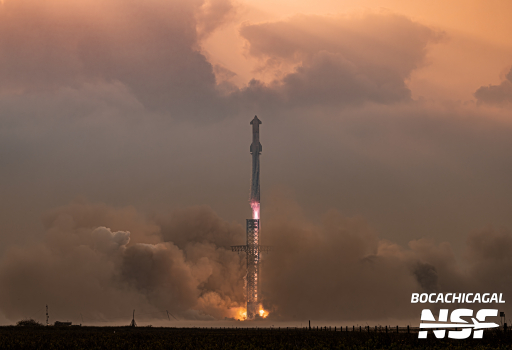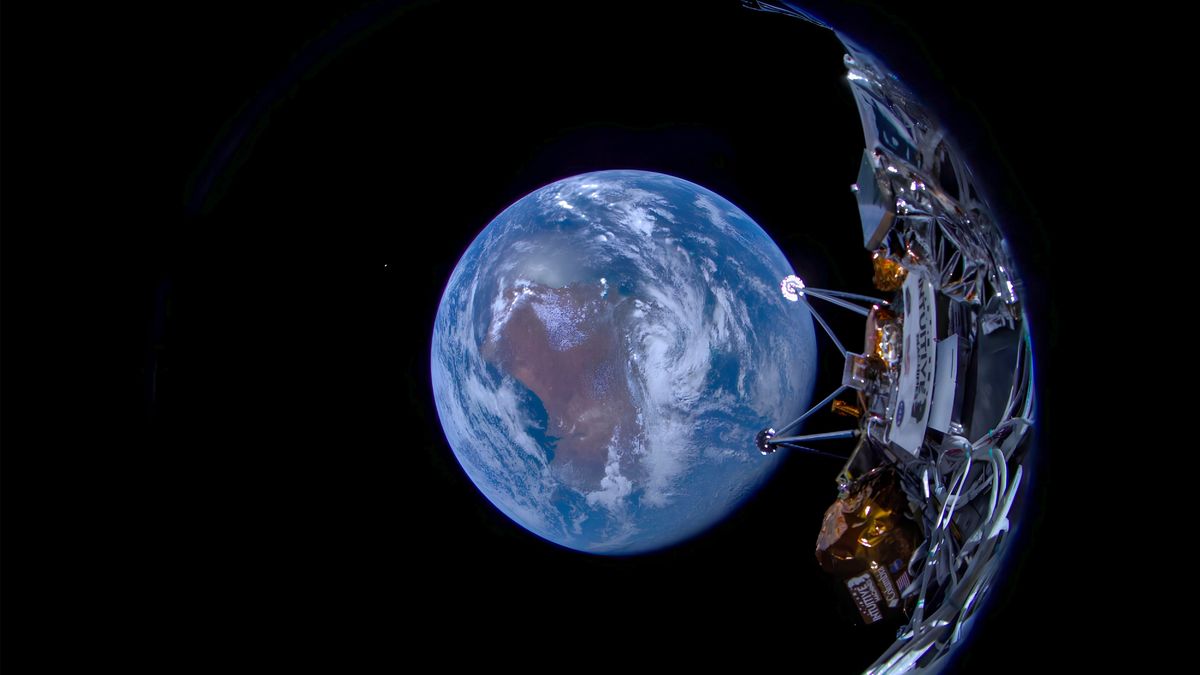Humanity has lost an interstellar pioneer.
Ed Stone, who served as project scientist for NASA’s groundbreaking Voyager mission from 1972 to 2022, died on Sunday (June 9) at the age of 88.
“Ed Stone was a pioneer who dared great things in space. He was a dear friend to all who knew him and a dear mentor to me personally,” said Nicola Fox, associate administrator for the Science Mission Directorate. at NASA headquarters in Washington. in NASA’s obituary for Stone, which the agency posted Tuesday (June 11).
“Eddie took humanity on a planetary tour of our solar system and beyond, sending NASA where no spacecraft had gone before,” added Fox. “His legacy has left a tremendous and profound impact on NASA, the scientific community and the world. My condolences to his family and all who loved him. Thank you, Ed, for everything.”
Connected: Going Interstellar: Q&A with Voyager Project Scientist Ed Stone
Voyager launched the twin probes on a “grand tour” of the solar system’s giant planets in 1977. The two spacecraft made many discoveries in our cosmic backyard—finding intense volcanism on Jupiter’s moon Io and 10 new moons of Uranus, for example – and then continued to soar, into exciting and unexplored realms.
In 2012, Voyager 1 broke free from the heliosphere, the vast bubble of charged particles and magnetic fields that the sun blows around itself, becoming the first man-made object ever to reach interstellar space. Voyager 2, who took a different path and is moving a little slower than her partner, followed suit at the end of 2018.
Both Voyagers remain operational today, studying the exotic environment between our star and the next star. Voyager 1 is currently more than 15 billion miles (24 billion kilometers) from home, and its twin is about 13 billion miles (21 billion km) out into the void. This is about 162 and 136 Earth-sun distances (or astronomical units) respectively.
“It has been an honor and a joy to serve as Voyager project scientist for 50 years,” Stone said in a NASA statement in October 2022 when he announced his retirement from the role.
“The spacecraft has succeeded beyond expectations, and I have treasured the opportunity to work with so many talented and dedicated people on this mission,” he added. “It’s been an incredible journey, and I’m grateful to everyone around the world who has followed Voyager and joined us on this adventure.”
Connected: Voyager: 15 incredible images of our solar system (gallery)
Stone was born Jan. 23, 1936, in Knoxville, Iowa, according to NASA’s obituary. His father was a construction supervisor who enjoyed showing his son how to take things apart and put them back together—and young Ed was an eager student.
“I’ve always been interested in learning why something is the way it is and the way it isn’t,” Stone said in a 2018 interview, according to NASA’s obituary. “I wanted to understand, measure and observe.”
He studied physics in college, then went to the University of Chicago for graduate school, where he helped build scientific instruments for the spacecraft—still a very new field at this stage.
“The first he designed boarded Discoverer 36, a spy satellite that had been declassified since 1961 and took pictures of Earth from space as part of the Corona program,” NASA wrote in the obituary. “Stone’s instrument, which measured the sun’s energetic particles, helped scientists understand why solar radiation was blurring the film and ultimately improved their understanding of the Van Allen belts, energetic particles trapped in Earth’s magnetic field.”
Stone became a postdoctoral fellow at the California Institute of Technology (Caltech) in 1964 and soon began working on NASA missions. Over the years, he served as principal investigator or science instrument leader on nine different agency missions and a co-investigator on five others, according to the agency.
Stone also served as director of the Jet Propulsion Laboratory (JPL) in Southern California—the agency’s primary center for robotic planetary exploration—from 1991 to 2001. That stretch saw several milestones, including the landing of NASA’s first rover -s to Mars, Sojourner, in 1996 with the Pathfinder mission and the launch of the Cassini-Huygens mission to Saturn (a joint effort with the European Space Agency) in 1997.
“Eddie will be remembered as an energetic leader and scientist who expanded our knowledge of the universe—from the sun to the planets to distant stars—and ignited our collective imagination about the mysteries and wonders of deep space,” JPL Director Laurie Leshin, who is also Caltech’s vice president, said in NASA’s obituary.
“Ed’s discoveries have fueled the exploration of previously unseen corners of our solar system and will inspire future generations to reach new frontiers,” added Leshin. “He will be greatly missed and always remembered by the NASA, JPL and Caltech communities and beyond.”
Stone’s colleagues have repeatedly noted his dedication to science education and communication, his genuine desire to help show the world scientific results in an accurate and engaging way.
I can attest to this commitment because I have witnessed it first hand on many occasions. Despite being a very busy man, Stone was open and available to the media; he took our calls and stayed behind press conferences to answer more and more of our questions.
And he was endlessly pleasant, kind and patient in all these interactions. I didn’t know Ed Stone well, but I can tell he was a good man. And I, like countless others, will miss him.


